Showing 85–96 of 302 results
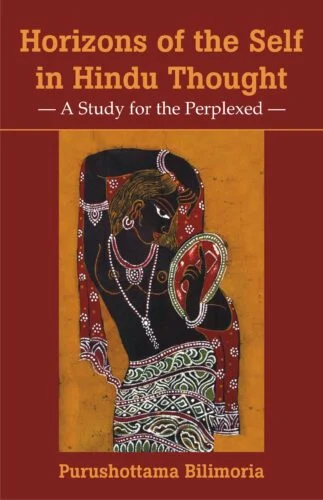
This volume discusses the different conceptions of the self and considers responses to many a question associated with the idea of the self, and on the destiny of the self in the context of karma, dharma, death and rebirth. It also deliberates on how a Hindu would realize the fullest to total potential and purpose of the self.
There is a variety of competing ideas about the nature of self in the Hindu tradition. Efforts to bring them together under a unitary conception were underway for many centuries. Much of the eighteenth- and nineteenth-century Oriental scholarship and the latter-day popularist movements made considerable effort to obscure the complexity and diversity of the idea of the self and its horizon in the broad spectrum of Hindu beliefs.
This modest study discusses the different conceptions of the self, and answers questions such as what is the self? and where does the self come from? How does the personal self retain its identity over time and space? In answering these questions it draws from the Vedic texts, Upanishads and the Vedanta system, especially Advaita (non-dualism). It also looks at the Samkhya system and its radically different conception of the self, which varies considerably from that of Upanishadic formulation. Buddhist and latter-day criticisms of the Hindu positions on the self via the neo-self theory are discussed.
The book also addresses questions such as what happens to the self, what does it do? where does it go? and where ought it go? discussing fate or destiny of the self in the context of karma, dharma, death and rebirth. Issues such as ends or goals towards which a person has to strive, realizing the fullest potential and purpose of the self, are well deliberated upon. Shankaras concept of the self and critique of the non-self are also examined.
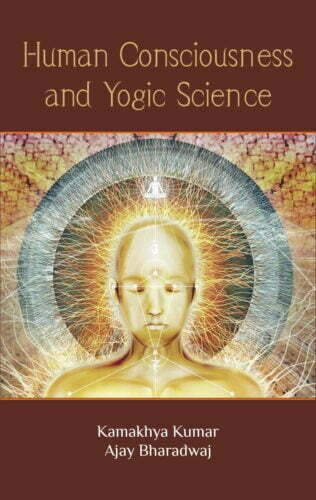
This volume addresses and analyses the different aspects of yoga and consciousness using scientific and pedagogical tools. It has been structured as a textbook on yoga and conforms to the course content of yogic science of Indian universities and should serve as an authentic reference book on the subject.
This volume addresses and analyses the different aspects of yoga and consciousness using scientific and pedagogical tools to fit well into an academic framework. The essence of yoga is the search to know our true selves to discover the real nature of consciousness. It starts with the body, goes to the mind and aims to realize the inner nature. Yoga is a way of life; it provides excellence in action; it removes our own evils and weaknesses, leading us to a higher level of consciousness paving the way for peace, bliss and harmony.
This book has been structured as a textbook on yoga. It conforms to the course content of yogic science of Indian universities and should serve as an authentic reference book on the subject. Efforts have been made here to navigate the readers with different aspects and planes of yoga and consciousness smoothly.
While dealing with topics such as the concept, science, psychology, and problems and challenges of consciousness, this volume delves deep into topics like human consciousness in philosophical thought; yoga and expansion of consciousness; and the current issues in the science of consciousness and yoga. It also familiarizes one with the different methods of evolution of consciousness in Buddhism, Christianity, Hinduism, Islam, Jainism and Sikkhism.
This book is specifically targeted at university teachers and students of yogic science. It should also raise keen interest among practising psychologists, psychoanalysts and general readers.
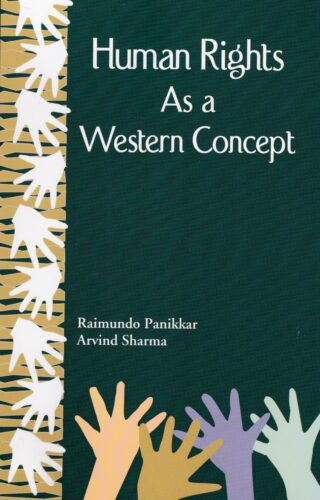
Whether the discourse on Human Rights constitutes an authentically universal discourse, or merely Western discourse masquerading as such, is an issue which has persisted ever since the Universal Declaration of Human Rights was adopted in 1948, and shows no signs of letting up. This book presents an in-depth exploration of this issue in a novel format, by presenting a celebrated piece on this issue by Raimundo Panikkar, with a detailed response to it by Arvind Sharma, thereby laying bare several key dimensions of the debate which may otherwise escape notice.
Whether the discourse on Human Rights constitutes an authentically universal discourse, or merely Western discourse masquerading as such, is an issue which has persisted ever since the Universal Declaration of Human Rights was adopted in 1948, and shows no signs of letting up. This book presents an in-depth exploration of this issue in a novel format, by presenting a celebrated piece on this issue by Raimundo Panikkar, with a detailed response to it by Arvind Sharma, thereby laying bare several key dimensions of the debate which may otherwise escape notice.
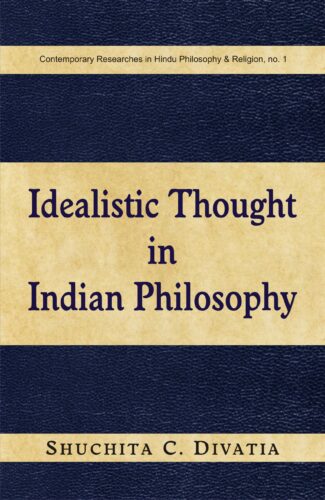
Dr. Divatia deals with the rise and growth of Idealistic thought from the Vedic times till the final establishment of Drsti-Srsti-Vada in the Kevaladvaita Vedanta vis-a-vis the Srsti-Drsti-Vada of the same school.
The development of Drishti-Srishti-vada from its emergence till its establishment has been systematically presented in this book entitled Idealistic Thought in Indian Philosophy. The author has attempted to show how the Idealistic thought of a primary stage reached its acme step by step. The book explains what Idealism signifies in its different shades with special reference to the Idealistic schools of Indian philosophy and also speaks about the rise and growth of Idealisitc thought from the Vedic times till the final establishment of Drishti-Srishti-vada in the Kevaladvaita Vedanta vis-a-vis the Srshti-Drishti–vada of the same school. Drishti-Srishti-vada of the Kevaladvaita Vedanta represents the culmination of Idealistic thought. Idealism, rooted in the Upanishadic era, reached its zenith in the Drishti-Srishti-vada and was finally established in the sixteenth century A.D. by Prakashananda. Drishti-Srishti-vada totally denounces the reality of the wordly phenomena and puts them on a par with the dreaming world. This theory emphasiges that the world of appearance has no substantiality but exists only when it is perceived. In other words srishti and drishti are both identical. Drishti-Srishti-vada multifies the unapprehended existence of the world and is an unique theory of solving the riddle of the world of appearance, even while upholding the Absolute Reality of the ultimate Reality.
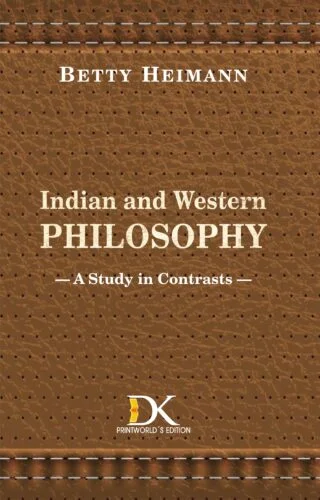
This book deliberates on topics such as the theological position of both the Western and Indian philosophies and their ontology and eschatology, ethics, logic, aesthetics, history and applied science. It also analyses the apparent rapprochement between the West and the East.
Indian and Western Philosophy: A Study in Contrasts is based on the Forlong Fund Lectures of Dr Betty Heimann under the auspices of the Royal Asiatic Society. The philosophies of the West has immensely contributed to the growth of exact sciences, while India, on the other hand, has made more valuable contributions to metaphysics.
While keeping the motto of the West as man is the measure of all things and the Indian motto of atman is same in all beings in the backdrop, this book deliberates on topics such as the theological position of both the Western and Indian philosophies and their ontology and eschatology, ethics, logic, aesthetics, history and applied science. It also analyses the apparent rapprochement between the West and the East.
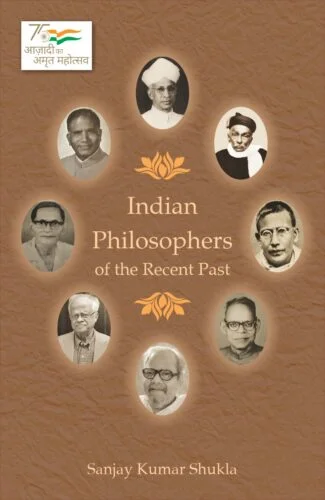
The present work, reflects and deliberates over recent Indian scholarship in philosophy. It makes an attempt to analyse the philosophies of outstanding philosophers such as K.C. Bhattacharyya, S. Radhakrishnan, R.D. Ranade, A.C. Mukerji, T.R.V. Murti, N.K. Devraja, J.L. Mehta, J.N. Mohanty, Daya Krishna and S.L. Pandey.
The present work, Indian Philosophers of the Recent Past, reflects and deliberates over recent Indian scholarship in philosophy. It is to get the present and future generations of philosopher-scholars acquainted with the rich Indian philosophical heritage. This is going to deepen our insights into the nature of philosophical consciousness and into the act of philosophizing.
It makes an attempt to analyse the philosophies of outstanding philosophers such as K.C. Bhattacharyya, S. Radhakrishnan, R.D. Ranade, A.C. Mukerji, T.R.V. Murti, N.K. Devraja, J.L. Mehta, J.N. Mohanty, Daya Krishna and S.L. Pandey. The post-Independent Indian philosophy is said to have unique tendencies and trends; some of them can be easily identified as existentialist and phenomenological, idealistic, realistic, humanistic, linguistic and analytico-philosophical comparative philosophy and Indian defence of metaphysics.
The volume is unique in its conceptual clarity, lucid expression, systematic presentation and critical exposition of the subject matter. It is undoubtedly a valuable contribution for the seekers of Indian philosophical system which should evoke keen interest among scholars and students of philosophy.
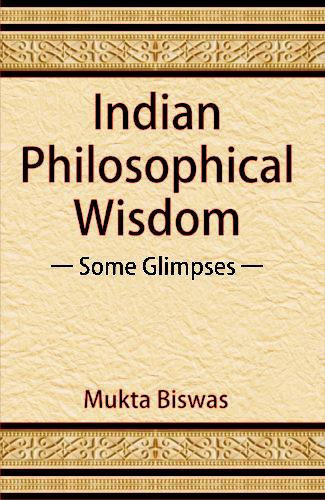
The title of the book Indian Philosophical Wisdom: Some Glimpses itself signifies its importance. Indeed, philosophy is involved in every sphere of human life — literature, creative art, culture, etc. The author in her zeal to unravel the precious accumulated wisdom of Indian philosophy delved in its treasure with different approaches — historical, analytical, comparative, etc. An attempt has been made in this book to expound Indian philosophical systems and to analyse critically their logical implications.
The title of the book Indian Philosophical Wisdom: Some Glimpses itself signifies its importance. Indeed, philosophy is involved in every sphere of human life — literature, creative art, culture, etc. The author in her zeal to unravel the precious accumulated wisdom of Indian philosophy delved in its treasure with different approaches — historical, analytical, comparative, etc. An attempt has been made in this book to expound Indian philosophical systems and to analyse critically their logical implications.
This work consists of twenty-seven articles both unpublished and published in journals and from different academic forums aimed towards making a documentation of discussions on various systems of Indian philosophy, Upaniṣadic and Yoga philosophy in particular. This could be a ready reckoner on the subject for young and enterprising students and scholars who possess innate inquisitiveness to unearth the sagacity enshrined in Indian philosophy.

The book presents a comprehensive account of the six Indian classical systems and the Carvakas, and of their texts and their exponents. Unfolding a panorama of the Hindu divinities, it also discusses Jainism and Buddhism as religions and philosophies.
In India, philosophy and religion are linked intimately, inseparably. Barring the Carvakas materialistic school, every other school has concentrated not just on the spiritual way of life in the here-and-now, but on the eventual spiritual salvation of man in relation to the universe. However, notwithstanding the centrality of its spiritual concerns, Indian philosophy has not altogether glossed over materialism; rather it has known it, overcome it, and has accepted idealism as the only tenable view -whatever specific form that idealism might take: mythological, popular or technical. Offering a brilliant prefatory discussion on the nature and thematic importance of the Vedas, the Upanishads, and the Bhagavad Gita, Padhis book tries to capture Indias fabulous philosophic genius, with comprehensive, at once objective account of all the six classical systems: the Nyaya, the Vaisheshika, the Samkhya, the Yoga, the Purva Mimamsa, and the Vedanta; and, in addition, of the Carvakas: the crass materialists. And of their numerous texts and their exponents: classical, medieval, and modern. Also unfolding a panorama of the Hindu pantheonic divinities, the authors present Jainism and Buddhism: both as religions and philosophies -with focus on their world- views of ethics, major doctrines and significant metaphysical theories, among other aspects. Uninfluenced either by the idealistic/eulogistic studies of certain Indian scholars, or by the damaging critiques of their Western counterparts, the authors aim to achieve utmost objectivity in their presentation. Which, together with extensive bibliographic references and glossary of Sanskrit terms, makes the book an authentic guide for the discerning readers of Indian philosophy, religion and mythology.
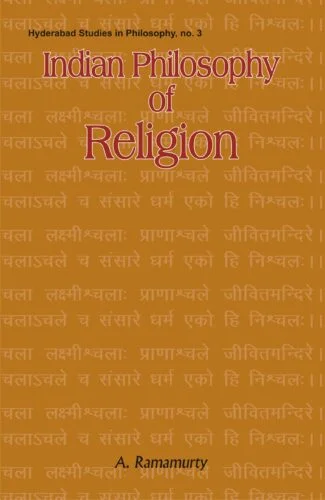
The book presents the understanding of different Indian philosophers on some of the basic problems of religion. Considering diverse schools and systems of Indian philosophy, it examines the significance of the arguments presented by the philosophers for grasping the relevance of religious theories and concepts. In the process, it reformulates some of them to make them less technical.
This is work in a significant area of Indian philosophy on which very little work has been done. Most of the Indian philosophers, to whatever school or tradition they belong, have shown concern for understanding the basic claims of religion and for most of them the problems of religion are those that are generated by shruti tradition of Hinduism. Instead of taking any philosophical position in approaching and understanding the problems of religion, this work tries to be comprehensive, and seeks to present and discuss the understanding of different Indian philosophers of some of the basic problems of religion. The arguments presented in this work are taken from different schools or systems of Indian philosophy, and in certain cases they are reformulated to make them less technical. This book will be of immense use to both the students and researches in Indian philosophy of religion and also to general readers.
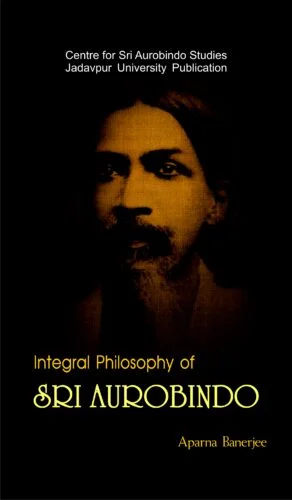
The book is an analytical study of the philosophy of Sri Aurobindo with special reference to his ideas on socio-political issues, nationalism, morality and stateless society besides the dangers of imposed uniformity with disregard for difference.
The book is an in-depth study of the integral philosophy of Sri Aurobindo. It throws light on his fundamental ideas on socio-political issues and concepts relating to Yoga and knowledge. The well researched writings pointedly examine Sri Aurobindos views on nationalism, Western imperialism, morality, stateless society, human relations and education among other such subjects. Quoting liberally from Sri Aurobindo the volume delves deep into his understanding of the divine and the human; the nation as characterized by spirituality; and spiritual transformation relying on the brotherhood of all humans as multiple expressions of the same godhead. His philosophy of integral monism and the way Aurobindo makes frequent references to Hindu scriptures: the Vedas, the Upanishads and the Puranas has been highlighted in particular. How Sri Aurobindo stresses throughout on the dangers of imposed uniformity with total disregard for difference has been brought into focus.
Based on an analytical study of Sri Aurobindos philosophy and offering fresh approaches, the volume will interest both, the students and scholars of modern Indian philosophy and Indology in general.
In the context of current knowledge situation, when every discipline has something to contribute to interdisciplinarity, it seems quite apposite and opportune that philosophy should reinforce and reassert its traditionally cherished role of integrating human knowledge. The Book at hand is an attempt to that end. It is set to take the readers on an enthralling journey across disciplinary boundaries and inspire them to reach a comprehensive conceptual framework for human knowledge at large.
The book delves into the idea and the philosophy of interdisciplinarity, and then unravels the genealogy, dynamics, and myriad configurations of the highly complex phenomenon. It goes on to assess impact, advantages and critical issues involved in interdisciplinarity, while outlining an Indian view of it. The book, thus, explores the conceptual connections, fundamental issues and intrinsic implications of a myriad variety of interdisciplinary study and research, within and beyond academia. The book also attempts to develop necessary theoretical perspectives and a broader conceptual framework in this connection. Ultimately, it seeks to reach, as far as possible, a systematic conceptual account of varied and variegated interdisciplinary studies and researches by integrating them philosophically.
The present work is thus, intended for a wider audience, and not only for the practitioners of philosophy as an academic discipline. It is a must read across the intellectual spectrum, regardless of one’s disciplinary affinities and affiliations. It is wide-ranging in its concerns, far-reaching in implications, and highly resourceful and relevant for generalists as well as specialists, scholars and scientists, researchers and curriculum developers, educational administrators and policy-makers.
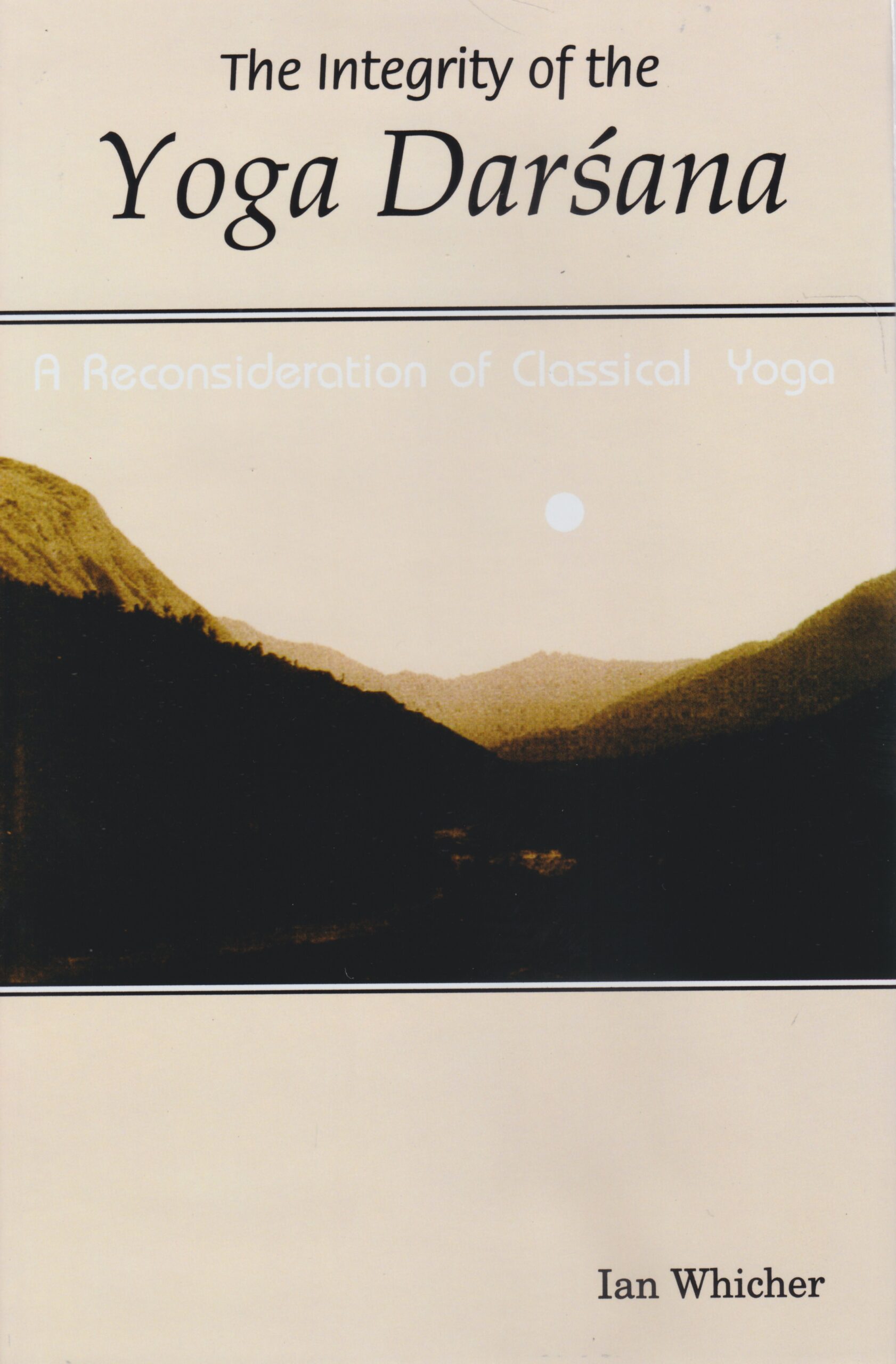
This innovative reading of Patanjalis Yoga-sutras discuss how Yoga enables one to live more fully in the world without being enslaved by worldly identification. It challenges misperception about Yoga and argues for a fresh understanding of the practical relevance of Yoga.
The Integrity of the Yoga Darshana centres on the thought of Patanjali, the great exponent of the authoritative and Classical Yoga school of Hinduism and the reputed author of the Yoga-sutras. In this textual, historical, and interpretive study, whicher offers a plausible and innovative reading of the intention of the Yoga-sutras, namely that Yoga does not advocate the abandonment or condemnation of the world, but rather supports a stance that enables one to live more fully in the world without being enslaved by worldly identification. Challenging and correcting misperceptions about Yoga drawn by traditional and modern interpretations of the Yoga-sutras, the author argues for a fresh vision of the spiritual potential present in this seminal text, thereby contributing to our understanding of the meaning and practical relevance of Yoga and its reception today. A superb piece of work, this book provides an original, constructive, and insightful interpretation of the Yoga system.
| There are no products |